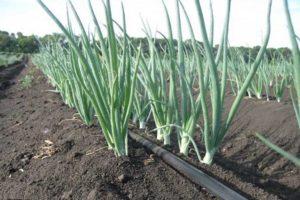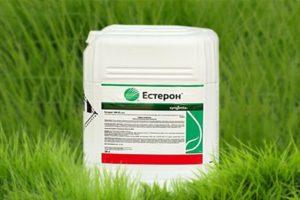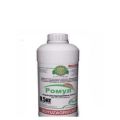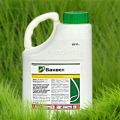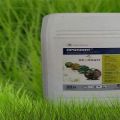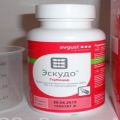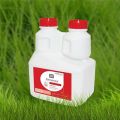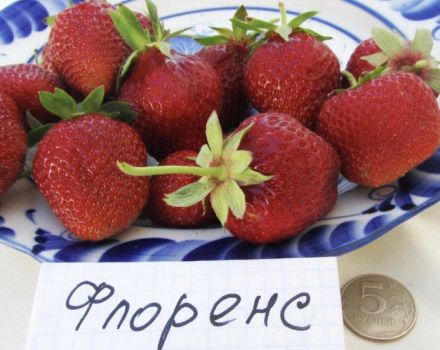Instructions for use and the principle of operation of the Treflan herbicide, consumption rates
Over time, weeds appear on the site, which make it difficult to grow vegetable plants. Some people use Treflan to get rid of unnecessary herb. However, before using this tool, you must read the instructions for the Treflan herbicide.
Content
- 1 Active ingredients and release form
- 2 What weeds does it help against?
- 3 The principle of operation and the speed of action of the drug "Treflan"
- 4 How much does it protect?
- 5 Consumption measures for different plants
- 6 Instructions for the preparation and use of the working solution
- 7 Phytotoxicity
- 8 Possibility of emergence of resistance
- 9 Compatibility with other pesticides
- 10 Storage of the drug
- 11 Are there any analogues?
- 12 Conclusion
Active ingredients and release form
Before using a herbicidal preparation, you need to familiarize yourself with the components from which it is made. When creating "Treflan" use such an active substance as trifluralin. This component is chemical and therefore belongs to the group of dinitroanilines.
Such a weed control agent is produced in the form of an emulsion, poured into plastic cans, the volume of which is 15-20 liters. These containers are very convenient to use, as they can be transported and folded without problems.
What weeds does it help against?
Regular use of Treflan will help get rid of the following weeds:
- Ephemera. It is the most common type of weed plant that has a one-season growing season.
- Spring. Such weeds appear on fields where crops are grown.
- Winter crops. These weeds appear much later than the others, in the first half of autumn. Most often they litter wheat crops, but sometimes they also appear in vegetable gardens.
- Biennials. Such plants grow for quite a long time, during two growing seasons.
The principle of operation and the speed of action of the drug "Treflan"
It is recommended to understand in advance the principle of action of the herbicide. After treatment of the site, the components of the preparation penetrate into the plant through the roots. When Treflan penetrates the stems and foliage, it begins to slow down the mitotic process. This leads to inhibition of acid synthesis. Also, the herbicidal agent inhibits the formation of new microtubules, due to which cell division in the root system is suspended.
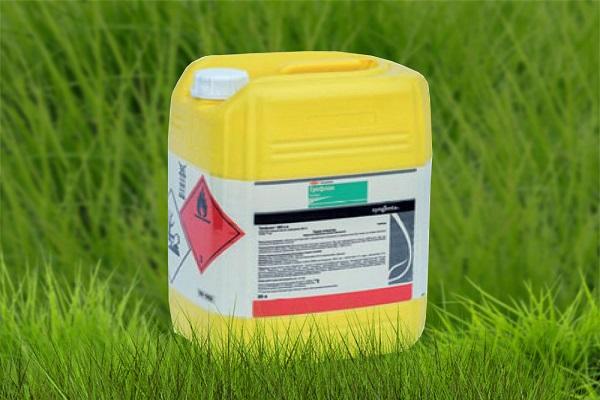
In weeds that have been treated with a chemical composition, new roots stop appearing, and the development of shoots stops.
How much does it protect?
People who are going to use Treflan are interested in the duration of its protective effect. It depends on this parameter when it is necessary to re-process the site.
When used correctly, the protective effect lasts for three and a half weeks. After that, it is better to re-treat the grass with a herbicide composition.
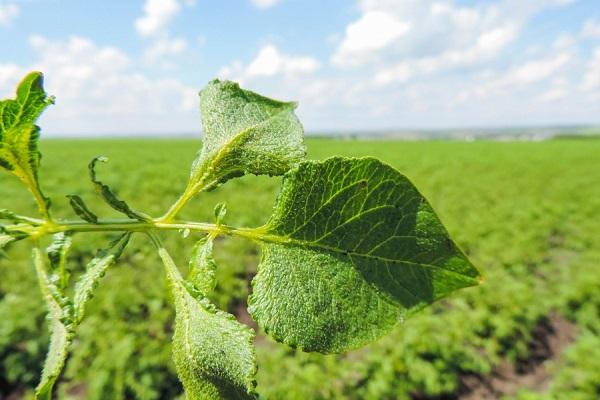
Consumption measures for different plants
Consumption rates differ depending on the cultivated plants. Therefore, it is necessary to figure out in advance the required amount of herbicidal agent:
- Vegetable crops. When growing vegetables, processing is carried out before the start of planting work. At the same time, two liters of the working mixture are consumed per hectare.
- Cereals. More liquid will be needed to protect the crops from weeds. Three liters of herbicide are harvested per hectare.
- Watermelons. To prevent the planted watermelon seedlings from overgrowing with weeds, the site is cultivated two weeks before planting. For spraying 1 hectare, one and a half liters of the mixture are needed.
Instructions for the preparation and use of the working solution
To properly prepare a working mixture, you need to understand the instructions for its preparation.
Before you start creating a working solution, the drug is thoroughly mixed. Then the sprayer is one-third filled with water, after which the herbicide is poured into the liquid. The mixture is stirred for five minutes, after which water is added to it.
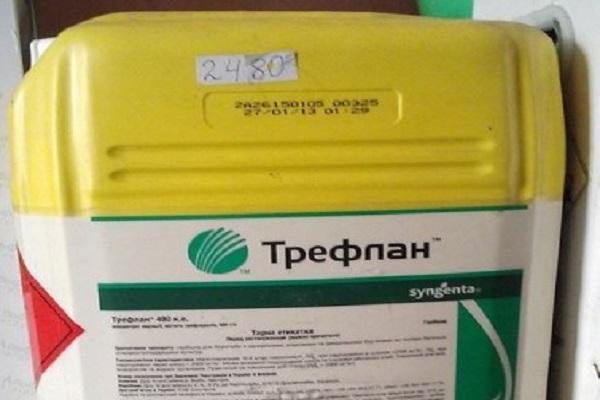
Phytotoxicity
Some people think that "Treflan" is a very toxic drug, but this is not the case. A properly prepared working solution does not harm bees, birds and even insects. However, despite this, it is better to use them in special protective gloves so that the liquid does not get on the skin. You also need to take care of eye protection and use glasses.
Possibility of emergence of resistance
Some herbicide formulations are known for their potential for resistance. However, "Treflan" does not belong to such products and therefore it can be reused on the site where weeds often appear.

Compatibility with other pesticides
If necessary, this herbicidal preparation can be combined with other agents. However, before that, you need to familiarize yourself with the solutions with which it is contraindicated to mix it. It is impossible to combine "Treflan" with isooctyl ether and EPTC. It can be mixed with other pesticide formulations.
Storage of the drug
In order for the acquired herbicidal composition to be stored for a long time, it is necessary to familiarize yourself with the nuances of its storage. You can not leave it for a long time in rooms where the temperature exceeds 25 degrees Celsius. Better to store it in cooler rooms. In this case, it will not deteriorate for three years.
The prepared working mixture is not stored for a long time and therefore it must be consumed on the day of preparation.
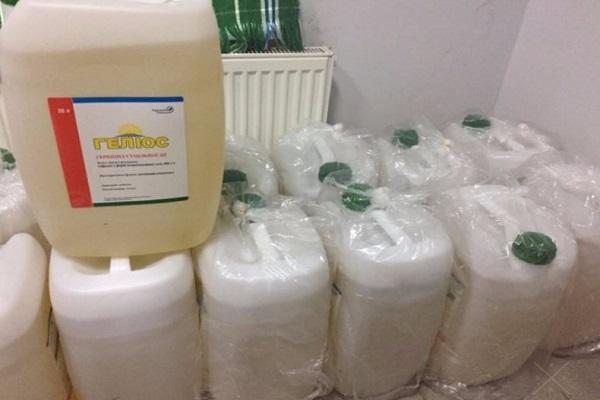
Are there any analogues?
Some do not have the opportunity to purchase such a weed control and have to use other drugs that have a similar effect:
- "Dual";
- Milarad;
- "Agent";
- Stellar;
- "Derby".
Conclusion
Weeds often appear on garden and vegetable gardens, which will have to be disposed of. The Treflan herbicide is considered an effective remedy against unnecessary grass. However, before using it, you must understand the description of the drug and the recommendations for its use.
